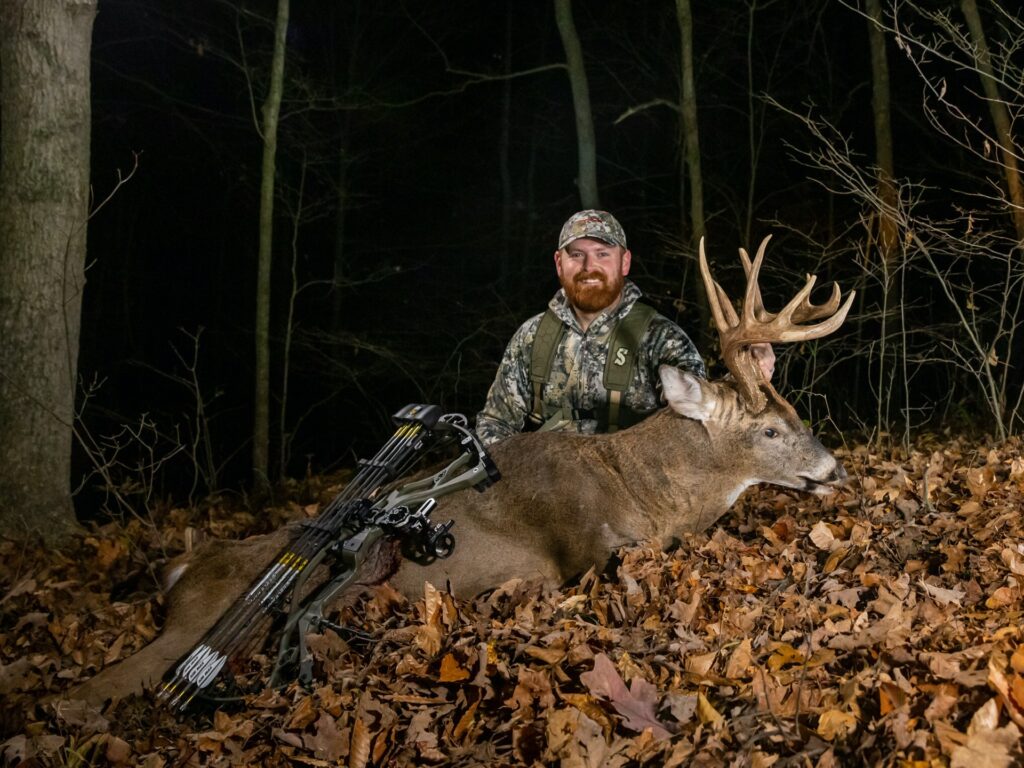(219) 261-2000
Texas Real Estate
Texas, with its vast acreage and diverse agricultural production, offers immense potential for farmland and ranch investors. Because of its size, the state offers a diversity of terrain to choose from, which, combined with a long growing season and optimal private property rights for landowners, makes it an attractive state for land investment.
Embrace the Vast Potential of Texas Farmland
We understand the unique challenges and opportunities of such a dynamic land market, from water rights and land management to crop selection and livestock production.
Hageman Realty’s robust network in the Lone Star State provides valuable connections and local expertise to navigate this powerful market. Let our team help you find the perfect property to embrace the vast potential of Texas agriculture.
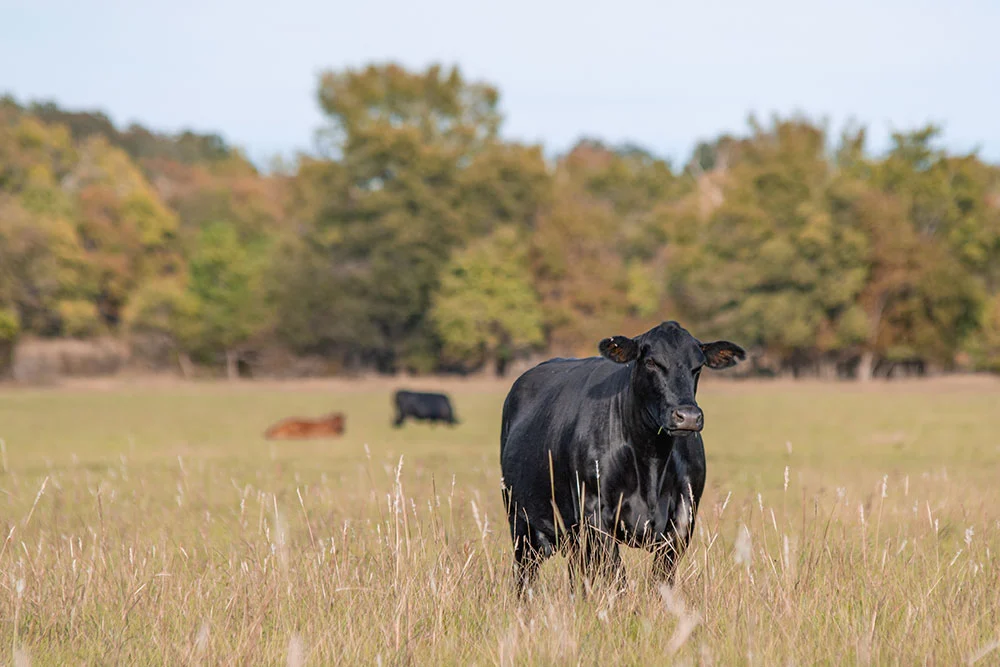
Explore Your Land Investment Options
Land Your Piece of Texas
Texas is known for its abundance of opportunity, but you need a local guide who can help you navigate its extensive landscape. With 45 years of experience owning and managing our own land in Texas, Hageman Realty is your trusted partner in navigating the diversity of the state’s land. Rely on our Texas land expertise for guidance in market projections, regional land nuances, and leveraging the state’s business environment. We’ll help you find the perfect property to match your vision, whether it’s a sprawling ranch, prime farmland, or a recreational getaway.
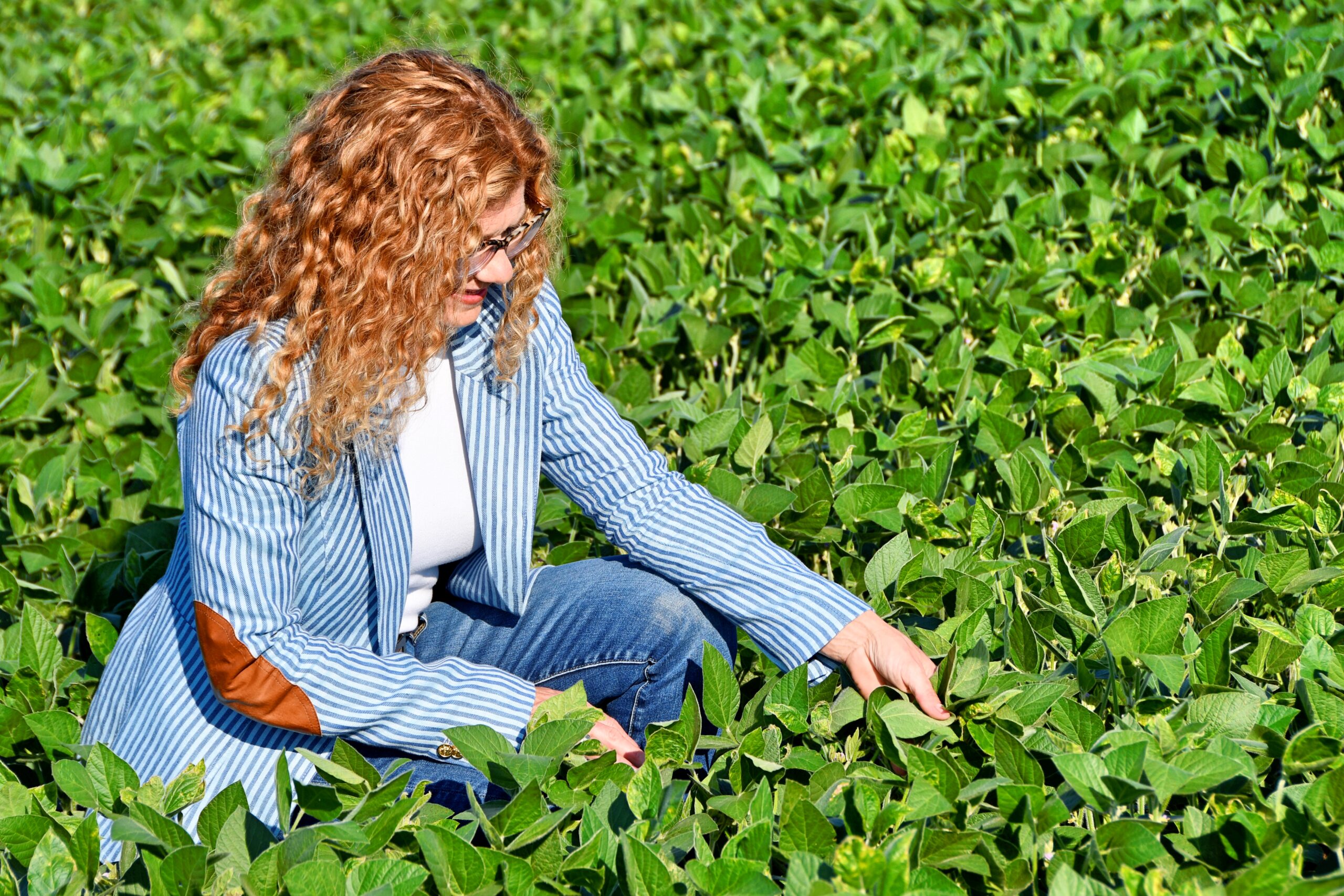
Sell Your Land with Confidence in Texas
Maximize your return when selling your Texas land. Hageman Realty will help you strategize the best possible sale for your property, utilizing beneficial tax and finance tactics specific to the state and harnessing the unique Texas land market. We understand the intricacies of the Texas land market and our unmatched local and regional network will connect you with the right buyers, ensuring a successful and rewarding sale.
Let us handle the details–from listing to marketing and closing–while you focus on your next opportunity.
Your Texas Landowning Journey Starts Today
Hageman Realty is here to help you navigate the vast, complex landscape of rural Texas real estate. With so much opportunity, we’re your guide to the best investment and land choices that align with your individual vision and goals. Our team is here to guide you every step of the way, from designing your vision, finding the property that’s the right fit, optimizing tax and finance issues, and handling all the closing details. Let’s get started today.
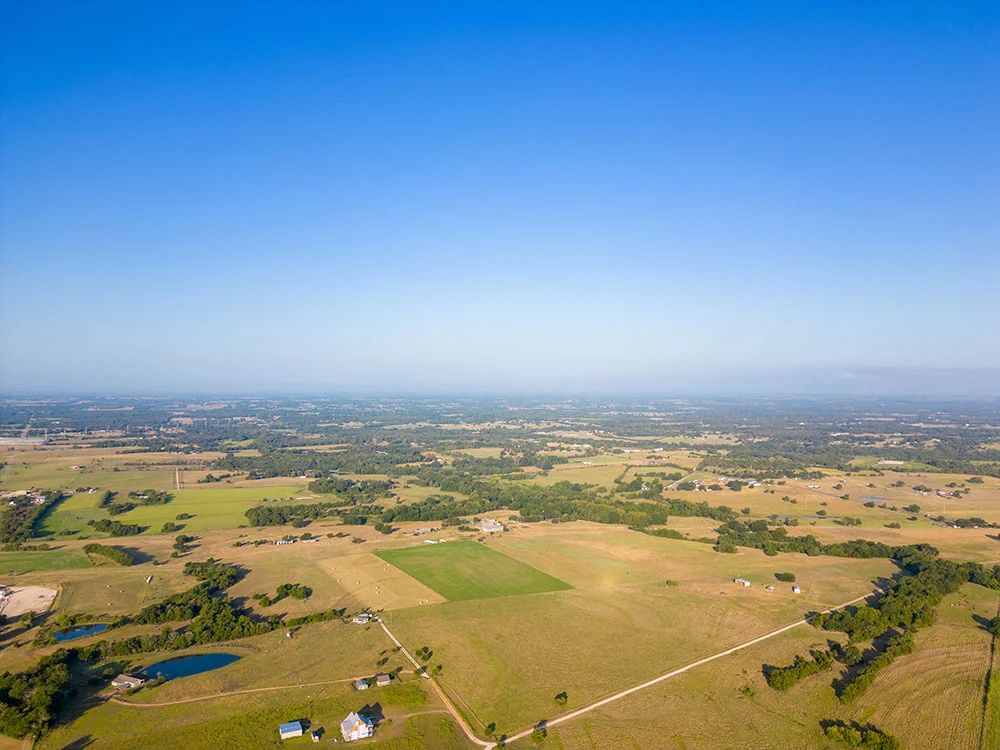
Texas Farmland: A Landowner's Guide to the Lone Star State
Texas, the “Lone Star State,” is synonymous with wide-open spaces, a strong independent spirit, and a rich agricultural heritage. From its fertile plains to its rugged deserts, Texas offers a diverse landscape that supports a thriving agricultural industry and provides ample opportunities for those seeking to connect with the land.
This guide explores Texas’ history, population, major cities, farmland, and recreational activities, providing valuable insights for landowners and potential buyers.

Texas History
Diverse indigenous groups like the Caddo, Apache, and Comanche populated Texas until Spanish explorers arrived in the 16th century, establishing missions and settlements. When Mexico gained independence from Spain, Texas, which was then part of Mexico, attracted American settlers. This led to the Texas Revolution and the establishment of the Republic of Texas in 1836. Texas joined the United States in 1845, a move that contributed to the Mexican-American War. The state’s history is marked by its vast frontier, cattle ranching, and the discovery of oil.
Texas’s Population and Major Cities
Texas is the second most populous state in the U.S., with nearly 30 million residents. Its major cities are vibrant hubs of economic activity and cultural diversity. Austin, the state capital, is known for its thriving tech scene and live music. Houston, a global energy industry center, boasts a diverse population and a strong economy. San Antonio, rich in history and culture, is a popular tourist destination. Dallas is a major commercial and financial center.
Even with 85% of the population in urban areas, the vast majority of Texas’s land is considered rural. Communities look to their county seats, often smaller towns or cities, a hubs for local government and community life.
According to the 2017 Census of Agriculture, top agricultural counties in Indiana include:
- Deaf Smith County (seat: Hereford, Texas) is known as the “Beef Capital of the World” due to its dominance in cattle production.
- Castro County (seat: Dimmitt, Texas) provides ample space and favorable conditions to be another major player in cattle production, alongside extensive cotton and grain farming.
- Parmer County (seat: Farwell, Texas) is a leader in cotton production, with vast fields dedicated to this crop. It also has significant dairy and cattle operations.
- Lamb County (seat: Littlefield, Texas) is known for its cotton and grain production and has a growing wine industry.
- Hale County (seat: Plainview, Texas): This county is a significant producer of cotton and sorghum and a growing dairy industry.
What is Texas' Farmland Like?
Texas’s diverse climate and vast landscape support a wide array of agricultural production, with a focus on cattle, cotton, and grains. The state’s agricultural diversity is immense, encompassing everything from citrus fruits in the Rio Grande Valley to peanuts on the plains and timber in the Piney Woods. Livestock production reigns supreme, with Texas leading the nation in cattle and sheep numbers.
In national rankings, Texas is the
- #1 producer of cattle and calves;
- #1 producer of cotton and cottonseed;
- #1 producer of hay;
- #4 producer of dairy products and milk; and
- #5 producer of broilers and chicken eggs.
The soil makeup varies dramatically across the state, from the fertile blackland prairies to the sandy soils of the Coastal Plains and the arid landscapes of West Texas. This diversity allows for a range of agricultural practices, each adapted to the specific conditions of the region.
Farmland-specific service businesses thrive in Texas because of the scope of its agricultural activity, including feed stores, livestock auction barns, cotton gins, grain elevators, irrigation equipment suppliers, and agricultural lenders. Texas has become a central hub for many national agriculture business powerhouses, each ensuring they have a state presence. These companies, combined with local, smaller farm support businesses, play a vital role in supporting Texas’s farming and ranching industries.
Texas’s state and local governments are deeply invested in the success of its agricultural industry. The Texas Department of Agriculture provides resources and support to farmers and ranchers, including marketing programs, regulatory oversight, and disaster relief assistance. Texas A&M AgriLife Extension Service offers educational programs and research-based information to help producers improve their operations and profitability. Various other state and local programs offer financial assistance, such as grants and loans, to support agricultural development and conservation efforts.
What Kind of Outdoor Recreation is There in Texas?
Texas, with its sprawling landscapes and diverse ecosystems, has a vast variety of places and species to hunt and a robust hunting culture. White-tailed deer are a prized game animal, with healthy populations found throughout the state. Texas also has excellent hunting for Rio Grande turkey, dove, quail, and ducks and geese during the winter months. Guadalupe Delta Wildlife Management Area, Chaparral Wildlife Management Area, and Sam Houston National Forest are all popular among hunters visiting or living in the state.
Anglers in Texas have an abundance of rivers, lakes, and reservoirs teeming with fish. Largemouth bass reign supreme, and legendary lakes like Lake Fork and Ray Roberts Lake State Park attract anglers seeking trophy catches. Catfish, including channel cats, blue cats, and flatheads, are also popular. On the Gulf Coast, anglers catch redfish, speckled trout, and flounder.
Texas Parks and Wildlife Department actively manages the state’s fish and wildlife resources, ensuring sustainable populations and ample public access. Numerous Wildlife Management Areas and state parks provide excellent hunting and fishing grounds. Hunting licenses and permits are required, and hunters must adhere to state regulations and seasons.Buying Land in Texas
Texas, with its sprawling landscapes and diverse ecosystems, has a vast variety of places and species to hunt and a robust hunting culture. White-tailed deer are a prized game animal, with healthy populations found throughout the state. Texas also has excellent hunting for Rio Grande turkey, dove, quail, and ducks and geese during the winter months. Guadalupe Delta Wildlife Management Area, Chaparral Wildlife Management Area, and Sam Houston National Forest are all popular among hunters visiting or living in the state.
Anglers in Texas have an abundance of rivers, lakes, and reservoirs teeming with fish. Largemouth bass reign supreme, and legendary lakes like Lake Fork and Ray Roberts Lake State Park attract anglers seeking trophy catches. Catfish, including channel cats, blue cats, and flatheads, are also popular. On the Gulf Coast, anglers catch redfish, speckled trout, and flounder.
Texas Parks and Wildlife Department actively manages the state’s fish and wildlife resources, ensuring sustainable populations and ample public access. Numerous Wildlife Management Areas and state parks provide excellent hunting and fishing grounds. Hunting licenses and permits are required, and hunters must adhere to state regulations and seasons.
Recent Blog Posts
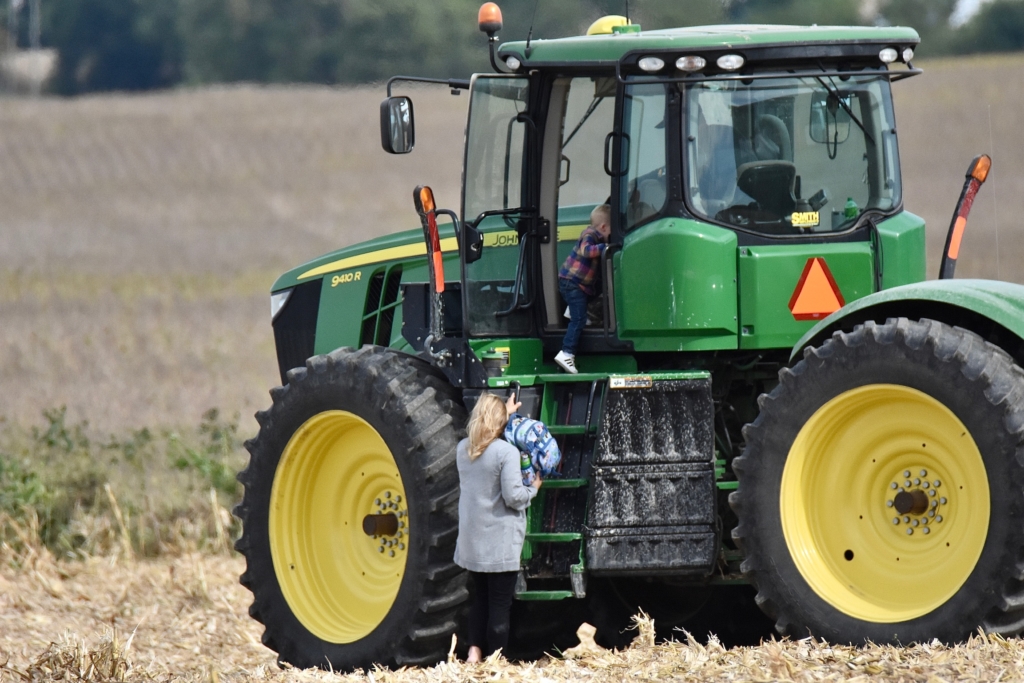
Harvest Through the Eyes of a Farmwife
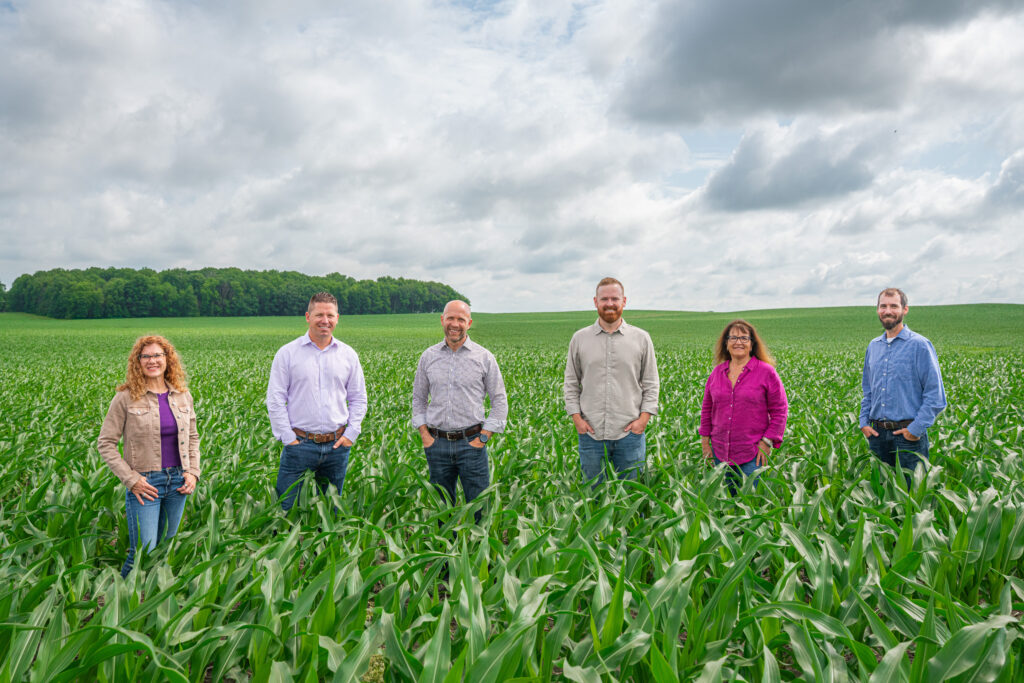
Finding the Right Broker for You
